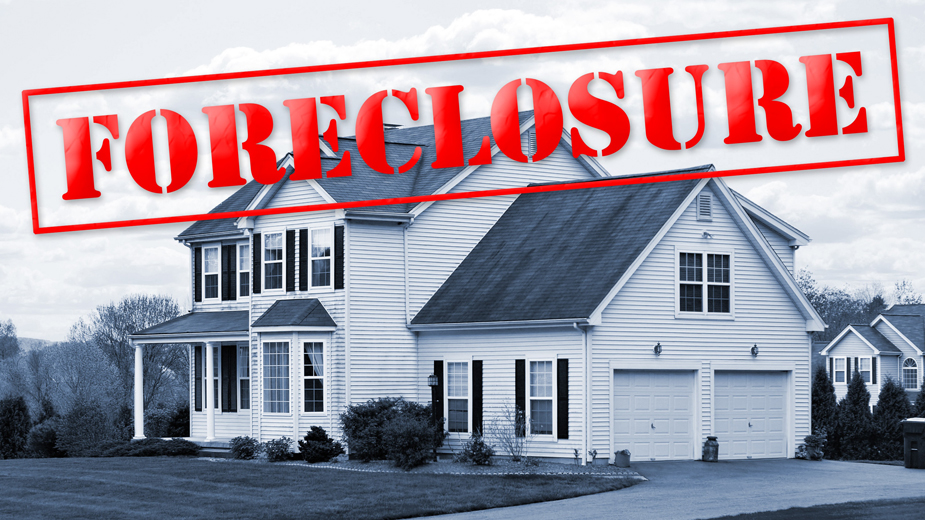YOUNGSTOWN, Ohio – CoreLogic, a property analytics firm, reported Sept. 8 that on a national level, 7.1% of mortgages were in some stage of delinquency (30 days or more past due, including those in foreclosure).
This represents a 3.1-percentage point increase in the overall delinquency rate compared to June 2019, when it was 4%.
The housing market is facing a paradox, CoreLogic said, citing its home price index.
Home-purchase demand continued to accelerate this summer as prospective buyers took advantage of record-low mortgage rates.
However, mortgage loan performance has progressively weakened since the start of the pandemic, according to California-based CoreLogic.
Sustained unemployment has pushed many homeowners further down the delinquency funnel, culminating in the five-year high in the U.S. serious delinquency rate this June.
With unemployment projected to remain elevated through the remainder of 2020, there may be further impact on late-stage delinquencies and eventually foreclosures, CoreLogic said.
CoreLogic predicts that, barring additional government programs and support, serious delinquency rates could nearly double from the June 2020 level by early 2022.
Not only could millions of families potentially lose their home through a short sale or foreclosure, but this also could create downward pressure on home prices – and consequently home equity – as distressed sales are pushed back into the for-sale market.
“Three months into the pandemic-induced recession, the 90-day delinquency rate has spiked to the highest rate in more than 21 years,” said Frank Nothaft, chief economist at CoreLogic. “Between May and June, the 90-day delinquency rate quadrupled, jumping from 0.5% to 2.3%, following a similar leap in the 60-day rate between April and May.”
“Forbearance has been an important tool to help many homeowners through financial stress due to the pandemic,” said Frank Martell, president and CEO of CoreLogic. “While federal and state governments work toward additional economic support, we expect serious delinquencies will continue to rise, particularly among lower-income households, small business owners and employees within sectors like tourism that have been hard hit by the pandemic.”
All states logged annual increases in both overall and serious delinquency rates in June.
COVID-19 hotspots continue to be impacted most, with New Jersey (up 3.7 percentage points), New York (up 3.6 percentage points), Nevada (up 3.4 percentage points) and Florida (up 3 percentage points) topping the list for serious delinquency gains.
Similarly, all U.S. metro areas logged at least a small increase in serious delinquency rate in June, CoreLogic said. Delinquency rates for the Youngstown-Warren area were not made available.
